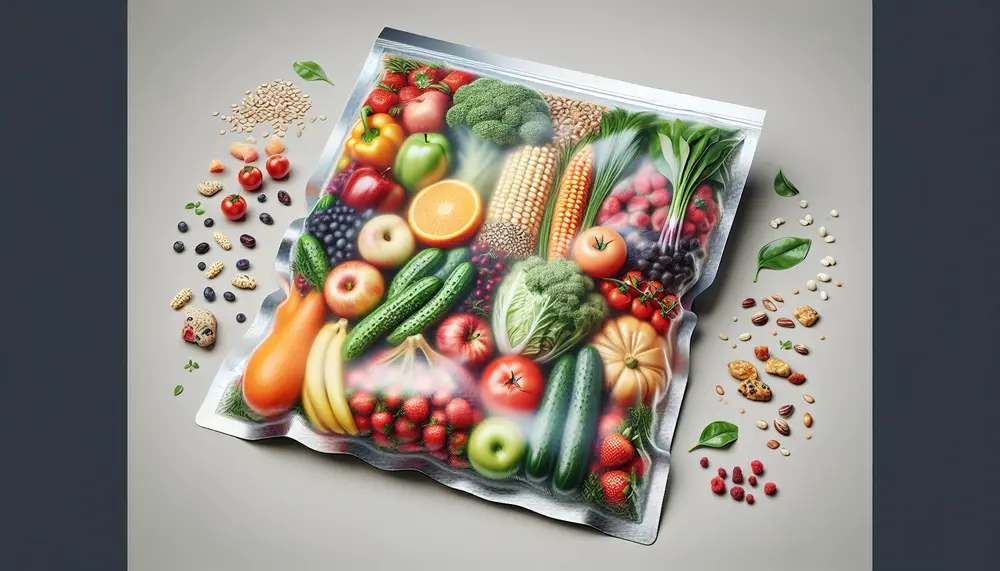Sealing
Sealing
Sealing in Packaging
Sealing is a crucial process in packaging. It involves closing or securing a package to protect its contents. This ensures that the product remains fresh and safe during transport and storage.
Why Sealing is Important
Proper sealing prevents contamination and spoilage. It also helps in maintaining the quality of the product. For example, a well-sealed food package keeps the food fresh for a longer time.
Types of Sealing Methods
There are various sealing methods used in packaging. Some common methods include heat sealing, adhesive sealing, and mechanical sealing. Each method has its own advantages and is chosen based on the type of product and packaging material.
Heat Sealing
Heat sealing uses heat to bond two materials together. This method is often used for plastic packaging. It creates a strong and airtight seal, which is ideal for food and medical products.
Adhesive Sealing
Adhesive sealing involves using glue or tape to close a package. This method is common for cardboard boxes and paper bags. It is simple and effective for many types of products.
Mechanical Sealing
Mechanical sealing uses physical force to close a package. Examples include crimping and clamping. This method is often used for metal cans and some types of plastic containers.
Conclusion
In summary, sealing is an essential part of packaging. It protects the product and ensures its quality. Understanding different sealing methods helps in choosing the right one for your packaging needs.
Blog Posts with the term: Sealing

Leaf-based packaging materials are ancient practices re-emerging for modern sustainability, utilizing plant leaves as biodegradable and renewable solutions with minimal environmental impact. They reduce carbon emissions compared to plastic production, decompose rapidly without toxic residues, and align with circular economy...

Unique packaging designs enhance gift boxes by creating memorable unboxing experiences and reflecting the giver's care. Personal touches, eco-friendly materials, and innovative design elements can elevate both personal gifts and brand identity. Creative packaging for gifts makes a strong first impression,...
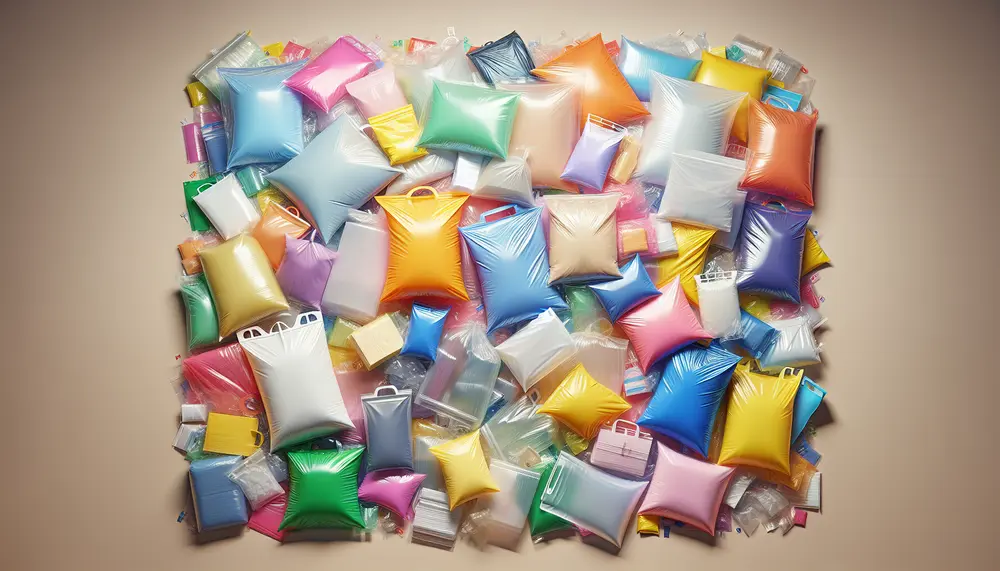
LDPE bags are versatile and durable packaging solutions made from Low-Density Polyethylene, suitable for a wide range of applications including food packaging, medical supplies, retail merchandise, industrial parts, and agricultural products. They offer benefits such as cost efficiency, protective qualities...
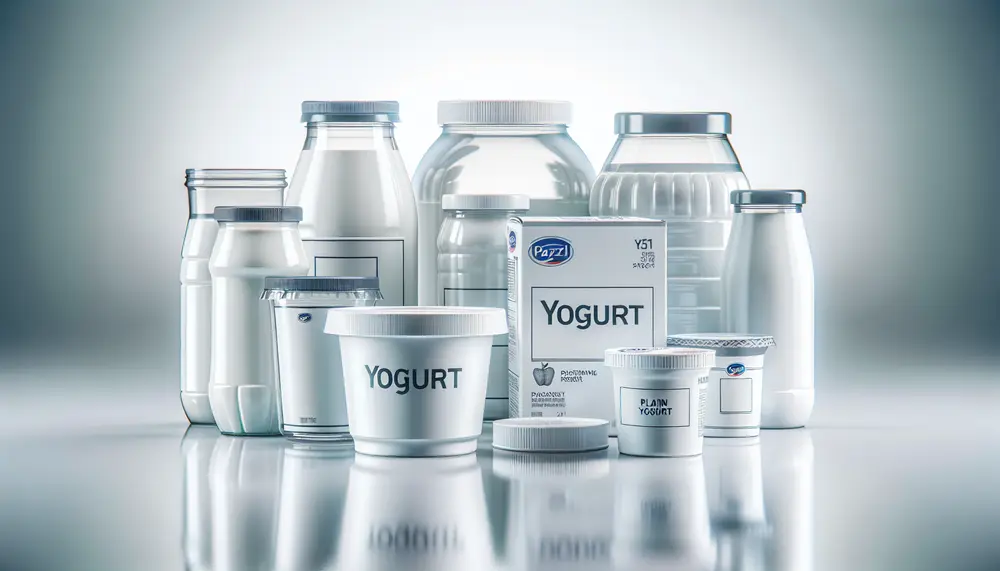
The article discusses the significance of yogurt packaging materials in preserving quality, extending shelf life, and marketing. It highlights various types of packaging like glass, plastic, composites, eco-friendly alternatives, and metal containers with their respective properties. Packaging choices for yogurt impact...
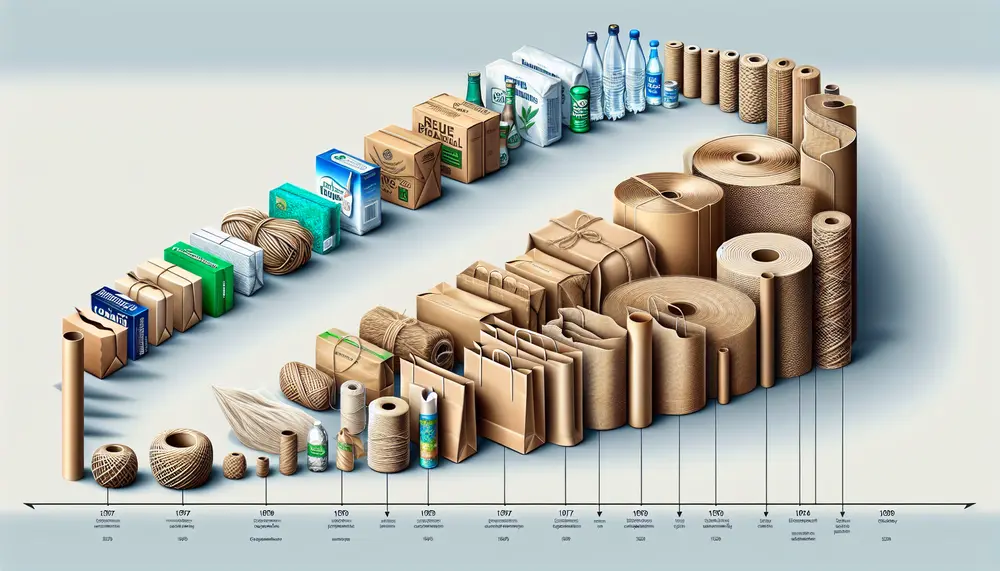
Packaging is a complex, engineered process for product protection, presentation, and preservation with functions including containment and information. It has evolved to incorporate user experience, environmental considerations, and technological advancements. Historically packaging materials have advanced from natural resources to modern lightweight...
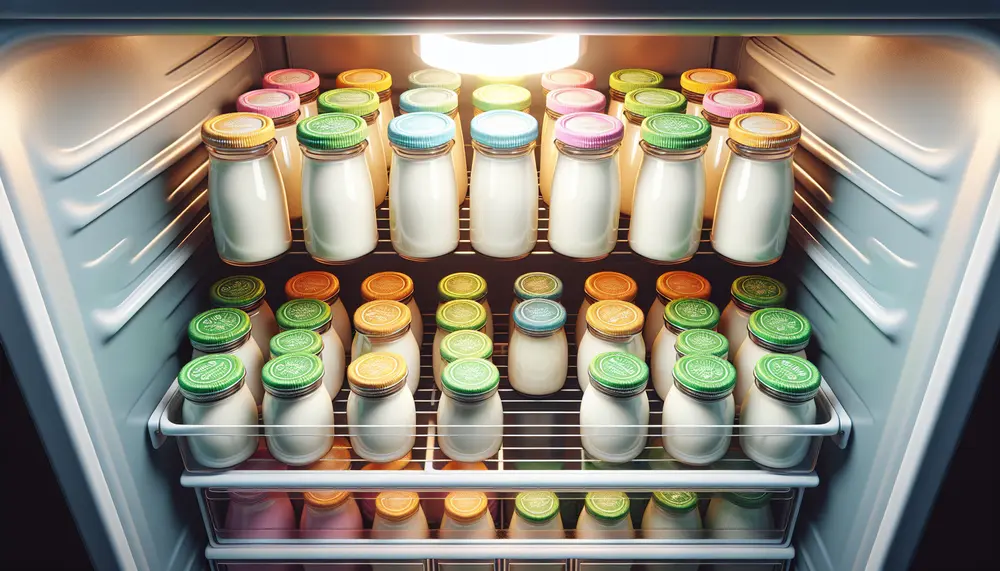
Yogurt packaging is essential for maintaining freshness, quality, and safety; it requires an effective barrier against oxygen and light, strength during transportation, regulatory compliance for food contact, and advanced sealing technology. Innovations in the market include smart features like freshness...
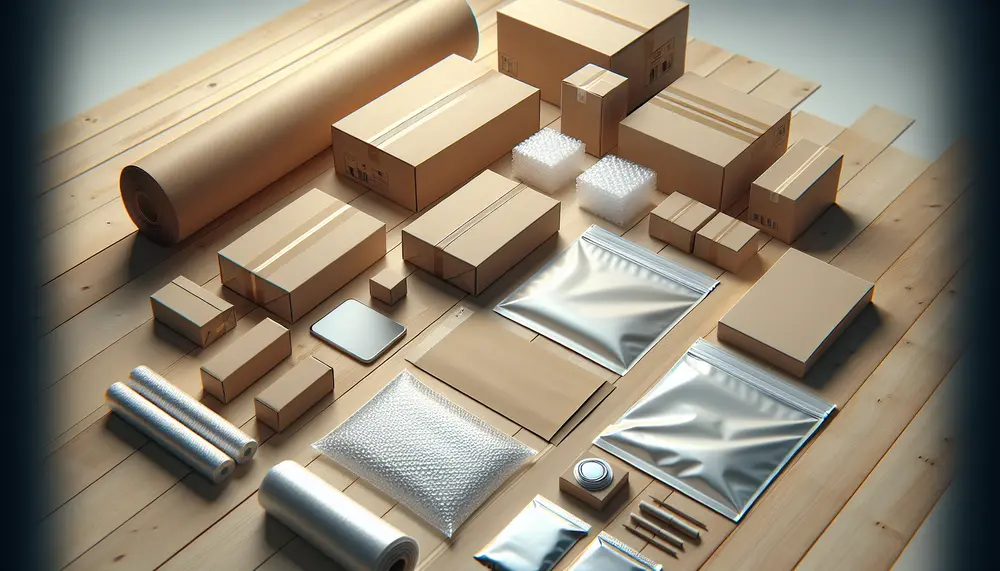
Packaging in marketing is a multifaceted tool that influences brand perception and market success, serving not only to protect products but also as a silent salesman through design elements that convey brand values. It enhances visibility, appeal, protection, communication of...

Flexible and soft packaging materials are cost-effective, protective solutions that bend to fit contents; they combine substrates like plastics for barrier protection and branding. The industry is shifting towards these lightweight, customizable options due to consumer convenience, sustainability benefits, and...
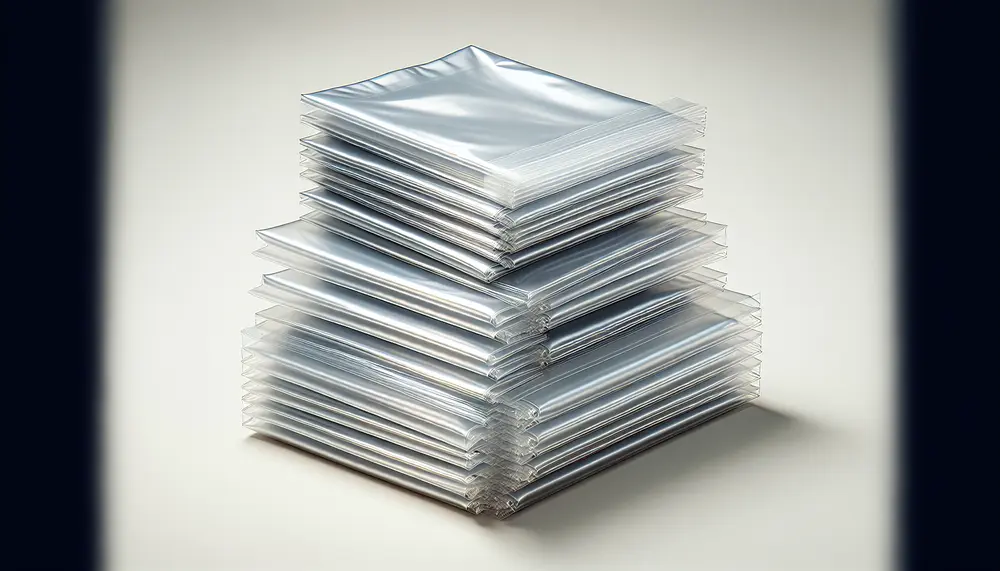
OPP bags, known for their strength and clarity, are essential in packaging for protection, presentation, and preservation of products. They offer advantages like durability, resealability, cost-effectiveness but have drawbacks such as being non-biodegradable; various types exist to suit different applications. Different...
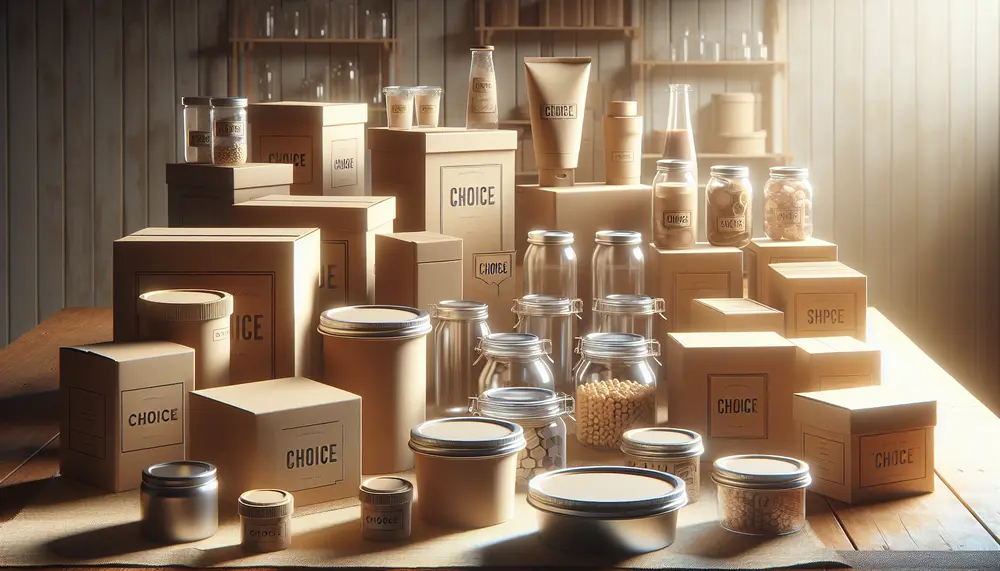
Selecting the right packaging for desserts is crucial as it affects freshness, safety, customer experience, and environmental impact. The three main materials—plastic, paper (cardboard), and aluminum—each have their benefits and drawbacks concerning durability, visibility, branding potential, sustainability concerns, and protection...
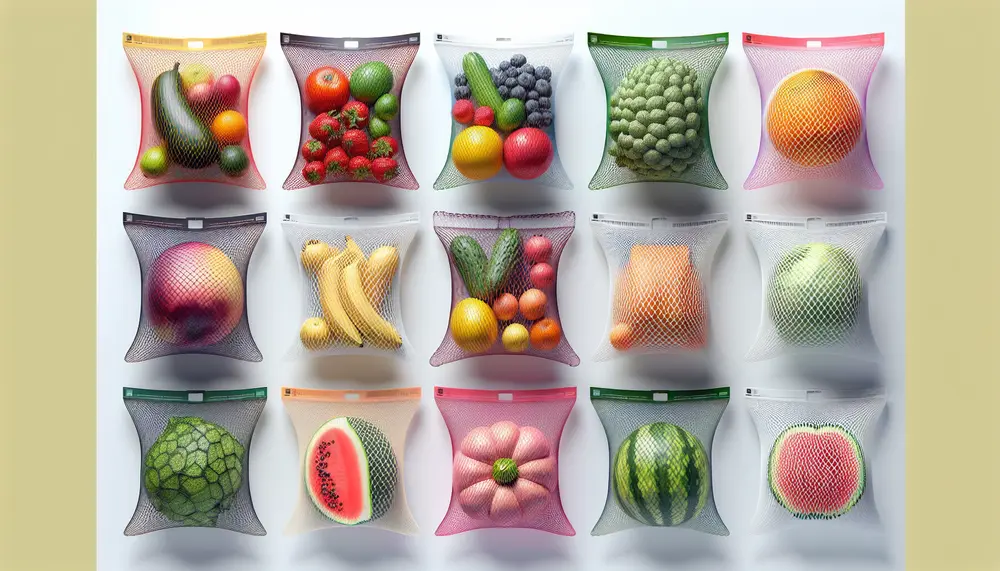
Packaging nets are crucial for protecting and transporting various products, offering benefits like airflow for perishables, visibility without opening the package, lightweight nature to reduce shipping costs, and environmental friendliness. They come in different types—extruded, knitted, woven, elastic—with specific characteristics...

Remote packaging jobs offer flexible, home-based opportunities driven by e-commerce growth, requiring minimal qualifications and catering to diverse skill levels. These roles provide cost savings, autonomy, and steady demand but may involve challenges like repetitive tasks or managing distractions at...
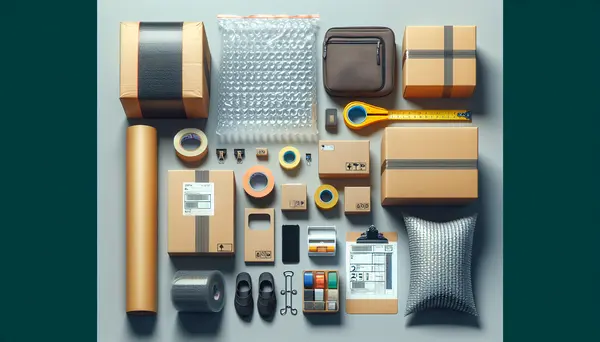
Zip packaging, also known as zip-lock or resealable packaging, is a versatile and functional form of product packing that maintains the freshness and quality of products. It plays a crucial role in ensuring product safety across various industries by preventing...

The reusable cup movement promotes environmental responsibility by encouraging the use of multi-use cups over single-use disposables, reducing waste and inspiring conservation efforts. Disposable cups have a significant negative environmental impact due to their contribution to landfill accumulation, pollution, resource...

